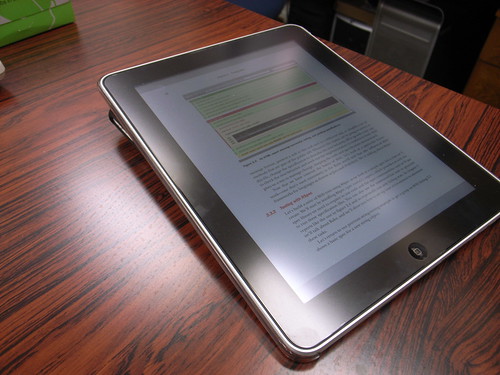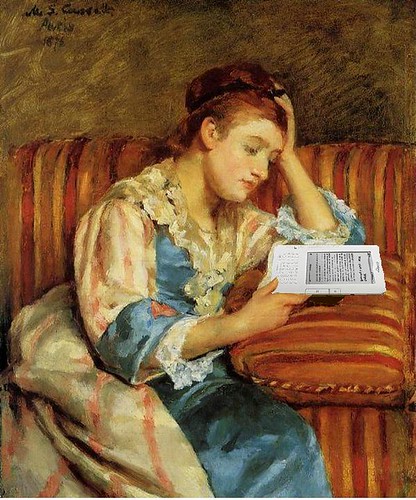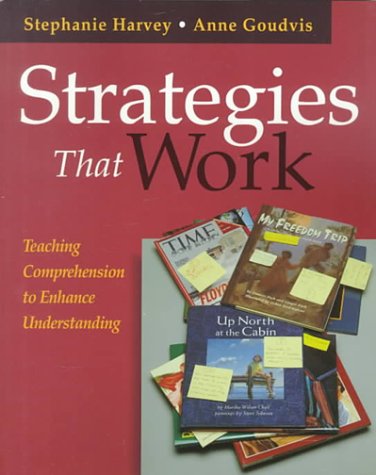Today was a blur of activity at the Harrington School’s “From Ranganathan to Read/Write: Managing Digital Disruption in Libraries, Schools and Workplaces.” I tweeted most of what I was thinking throughout the day, yet wanted to offer a few reflections based on those tweets before everything escapes me.
First, the day was framed around the following prompt:
In 1931, Indian mathematician and librarian S.R. Ranganathan proposed five laws widely accepted as foundational to library science and practice: (1) Books are for
use. (2) Every reader his [or her] book. (3) Every book its reader. (4) Save the time of the reader. (5) The library is a growing organism. All institutions – libraries, schools, workplaces – have legacy rules now being disrupted by Internet-spawned, digital-media driven, read-write culture or marketplaces. How might we use the challenge of modernizing Ranganathan’s Laws to react to the blurring boundaries among readers, writers, librarians and creative media professionals in multiple environnments?
Thus, the conversations were far-ranging and engaging. It is hard to fully appreciate all that we discussed at the end of a busy day, but here are a few of my tweets that, upon review, I feel capture the spirit of it. Many of the tweets were paraphrasing what other participants said or asked in my attempt to capture some record of what happened, as it was happening. My apologies to my fellow participants for not knowing everyone’s names and capturing them in the tweets. Here are a few of my thoughts from the day:
Wondering how librarians, journalists, media producers, and others could/would help inform/reform teacher education? #digiuri
What are the new roles for libraries in information literacy? Is teaching word processing enough? What is “basic” info lit? #digiuri
What are we hoping to accomplish with community based, third spaces? Is it a workspace? Is it to gather information? To teach? #digiuri
Within complex systems and organizational structures, when do we allow professionals the time to play, fail, and try again? #digiuri
Thinking about the possibilities that an interdisciplinary approach to communication studies would offer all constituencies involved, I have to wonder whether or not we could reconceptualize teacher education in a similar manner? One of the main concerns that I have for the pre-service teachers with whom I work is that they often report a disconnect between their methods courses, major/minor courses, and field experiences. Could an approach to blur the boundaries across disciplines and institutions be one that might improve teacher education and, in turn, the quality of teacher candidates that we produce?
Also, as someone whose interests cross the field of composition and English education, I found the opportunity to talk with some librarians about their goals for making reading accessible and teaching information literacy both refreshing and — from the opposite side of the literacy coin — to be very much in line with my own philosophies. I would like to think about how a broader vision of literacy in teacher education (beyond decoding and basic comprehension) might lead our teacher candidates to develop a more robust set of approaches for teaching reading, too.
Of course, as most good conferences and conversations are wont to do, I am left with more questions than answers. How can I work to bridge teacher education and community action/activism? In what ways can digital literacy be promoted through public libraries and teacher education programs? How can we maintain services in the spirit of public education and libraries — accessing information and encouraging personal growth — in a digital age where access is just as much about getting online as it is finding a particular book or other resource?
I appreciate the opportunity to discuss these ideas with a wide variety of colleagues, and look forward to building on the many connections made today.

This work is licensed under a Creative Commons Attribution-NonCommercial-ShareAlike 3.0 Unported License.











